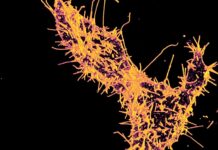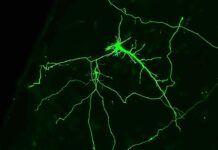Introduction: Circadian Gene Expression and Human Tissue Rhythmicity
A recent study published in Science has shed light on the complex and intricate daily schedules of gene expression, revealing that these patterns vary depending on a person’s sex and age. This groundbreaking research has uncovered fascinating insights into the rhythms of human tissue, and the factors that impact gene expression and its rhythmicity.
The Study: A Large-Scale Analysis of Human Tissue Rhythmicity
The research team, comprised of experts in genetics and circadian rhythms, analyzed the RNA quantification and sequencing data of over 900 donors, stored in the Genotype-Tissue Expression (GTEx) catalog. They developed an advanced algorithm to calculate the reference circadian phase for each donor and used this data to study the rhythmicity of gene expression in 46 types of human tissue.
Sex and Gene Rhythmicity: The Surprising Differences Between Men and Women
One of the most intriguing findings of the study was that women exhibit twice as many genes with rhythmicity compared to men. These differences were particularly pronounced in the liver and adrenal gland, where women had more highly rhythmic genes. The implications of these findings could be significant, especially in the field of pharmacology, where these genes could influence how the body metabolizes drugs.
Age and Gene Rhythmicity: The Effects of Aging on Human Tissue Rhythmicity
The team also looked at the effects of aging on gene expression and rhythmicity. They compared two groups of donors: those under 50 and those over 60 years old at the time of death. They found that the rhythm of gene expression weakened in most tissues in the older group. In particular, they found a significant reduction in rhythmicity in the coronary arteries, where programs regulating cholesterol and fatty acid metabolism were impacted. This discovery could shed light on the high incidence of cardiovascular diseases in the elderly.
Conclusion: The Future of Human Tissue Rhythmicity Research
The team’s algorithm is now publicly available, opening up the possibility for researchers to analyze other types of human samples, such as biopsies. With further study, this could help to uncover the causal relationships between the circadian clock and human disease states, including cancer and metabolic disorders. The findings of this study have significant implications for our understanding of the complex rhythms of human tissue and how they impact our health and well-being.
Google News | Telegram
















